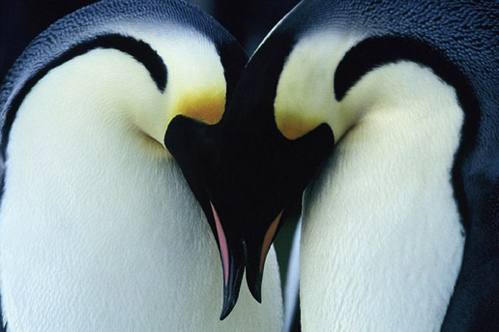| After breeding, most penguin species moult, relying on fat reserves to sustain them for a period of 2-5 weeks without food. After moulting, penguins can enter the water to find food and migrate. All penguins, except six species that are adapted to inshore life, migrate over long distances and return to land only for the breeding season. It is difficult to determine where penguins journey during their winter migration as satellite tracking devices are difficult to attach and often fall off during the 6-8 month migration span. |
| Satellite telemetry of Adelie penguin migration shows that these birds travel a path along the coastline of the Antarctic continent to a winter feeding ground in an area north-west of the Balleny Islands, off the Ross Ice Shelf, a distance of 5,500 km. Tracking of Humboldt penguins revealed that most stayed within a 90 km radius of the island on which they breed. Migration is also the time when penguins are most vulnerable, with annual survival estimates ranging from 75% for the Little Penguin to 95% for the Emperor penguin. For the most part, the lives of penguins during migration is a mystery, but the creation of new tracking devices by scientists will help shed more light on this part of penguin lives. |



